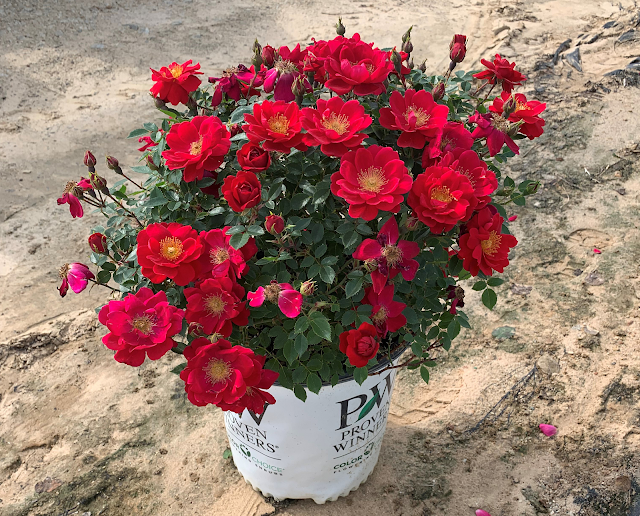
That's what gardeners had to say about last year's first-ever Outdoor Living Extravaganza events in Chicago and Boston. This year Proven Winners is bringing this enjoyable and educational gardening seminar to additional cities across North America.
You'll learn from experts about creative new ways to use color, the easiest ways to grow plant varieties, how to put together exceptional containers, and much more.
P. Allen Smith, The Today Show’s gardening expert, will be at some locations with fun and practical advice, and later you can join him for book signings and photos.
In addition, you'll be treated to a goody bag of exciting gifts-including a plant; you'll enjoy delicious lunch, beverages, and snacks; and you'll have plenty of chances to win great prizes. Even your non-gardening friends will enjoy this relaxed and entertaining look at what’s new in outdoor decor, Proven Winners style.
February 6 - Dallas, TX
SPEAKERS
February 20 - Lake City, UT
SPEAKERS
March 6 - Chicago / Rolling Meadows, IL
SPEAKERS
March 13 - Minneapolis / Park, MN
SPEAKERS
Amy SitzeJohn Gaydos
TBD
TBD
and March 27
April 24 - Boston / Norwood, MA
What People are saying ......
I attended your PW seminar in Chicago, this weekend. Loved it! It was a wonderful day! Thank you!Nancy from Wisconsin
I was at your Chicago show over the weekend and I would like to compliment you on a great time! All of the speakers were wonderful and I really learned from them. I would love to attend another show! I just wish it wasn't winter in Chicago I am ready to attack the yard! Thank you for an enjoyable Saturday! Kathy from Illinois
My husband and I were among the fortunate gardeners who attended the Outdoor Living Extravaganza in Chicago yesterday. Thank you, thank you, thank you for an inspiring, fun, and informational day. We've been serious gardeners for over 40 years and have never experienced a garden seminar that could even come close to the experience you provided. We hope this will become an annual event. Again, thank you for a wonderful day. Kim from Wisconsin
----
The first 100 to register prior to the New Year will receive a FREE 2010 Proven Winners calendar and save $10.00.All those registering before the first of the year will receive $10 off their ticket. $75.00 per person before January 1, 2010. $85.00 per person starting January 1, 2010.
REGISTER HERE





















 This is a greenhouse bench filled with Lo & Behold
This is a greenhouse bench filled with Lo & Behold 





 Pretty Much Picasso petunia
Pretty Much Picasso petunia 




















 I’ve visited Szczepan in Poland a few years ago and fortunately for me the Lonicera vines were in full bloom. Oh how I love fragrant plants.
I’ve visited Szczepan in Poland a few years ago and fortunately for me the Lonicera vines were in full bloom. Oh how I love fragrant plants.